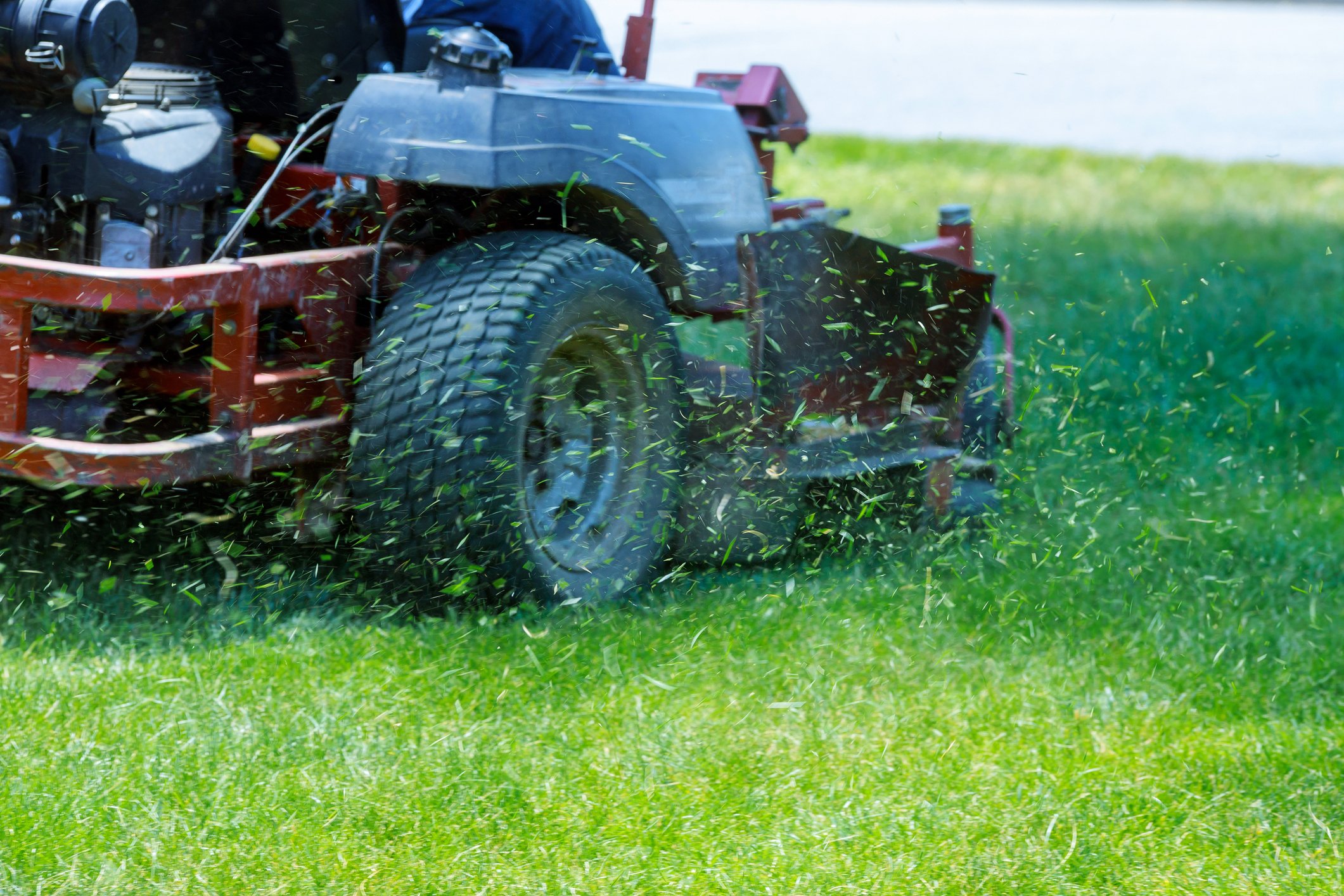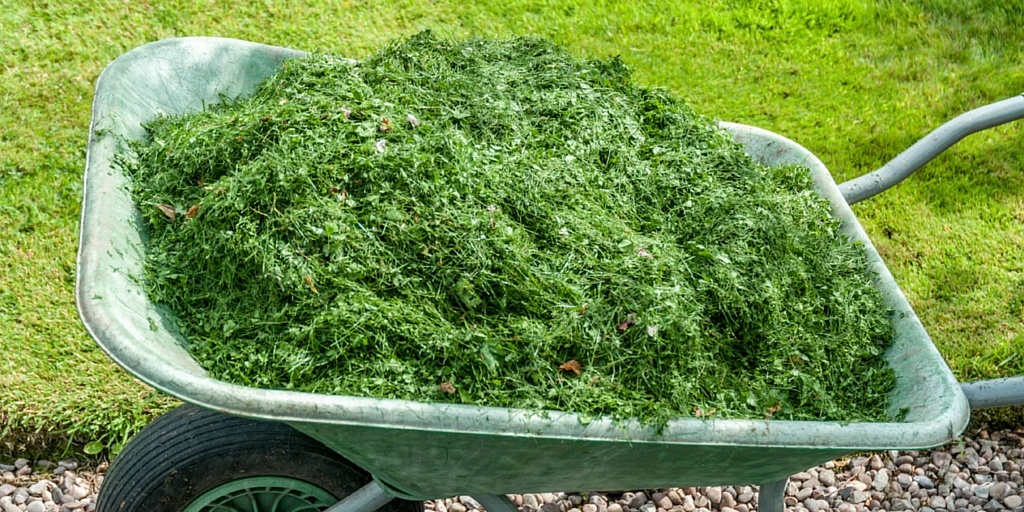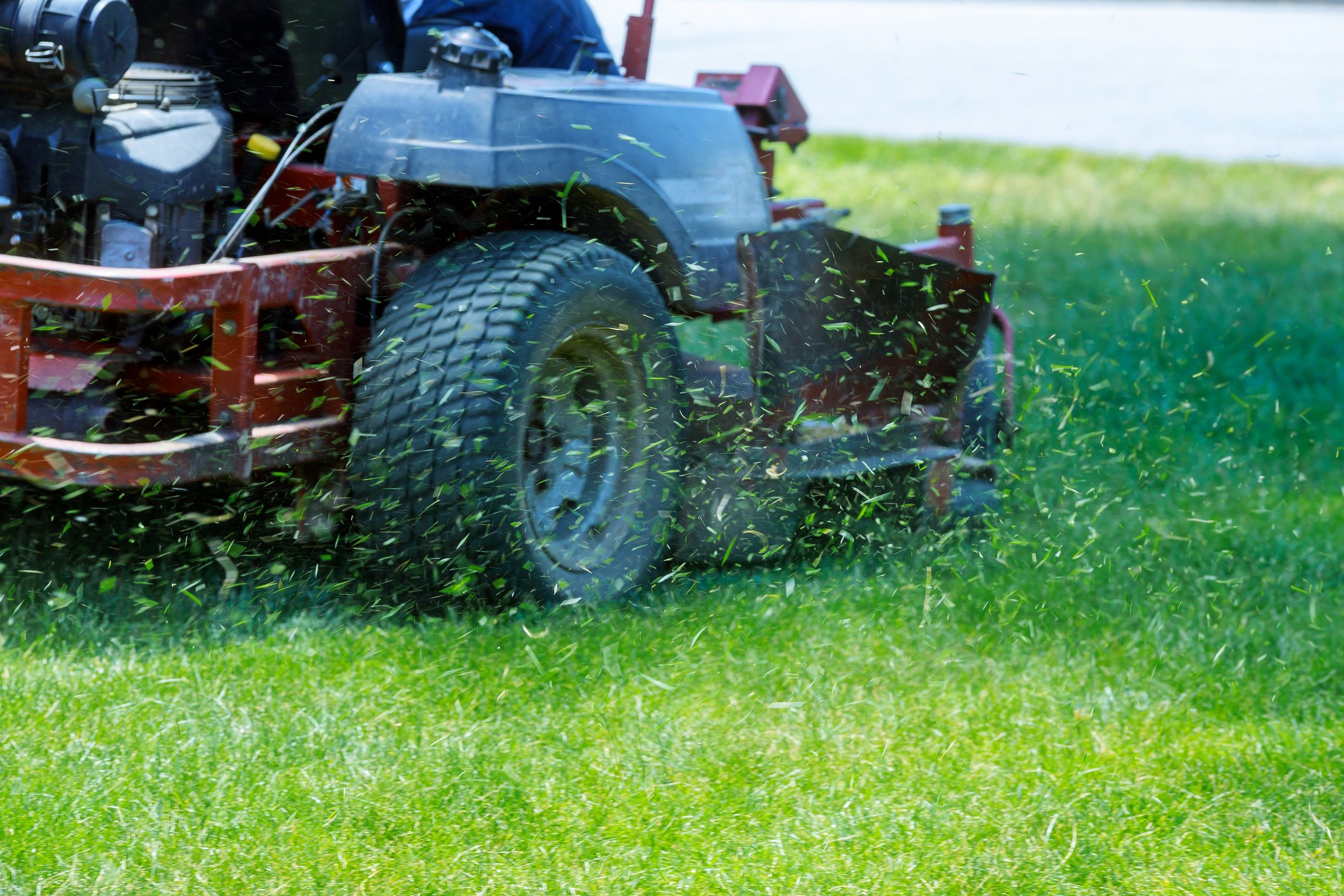
Proper lawn maintenance can make a big difference in maintaining the condition of a healthy lawn, especially in the spring. Mowing is often viewed as one of the most important and beneficial (not to mention satisfying) practices you, as a home owner can do. The sound of the motor whirring, the smell of fresh cut grass, the feel of the wind on your back... it doesn't get much better than that! Okay, the beverage after the fact might be even sweeter, but you get the point.
The taller the plant, the deeper the roots and the thicker the lawn will be. A thick lawn is your best defense against weeds, disease and insect infestation.
Mower Maintenance
Mowers perform better when properly maintained. Before your lawn needs to be cut this spring, it's a good idea to do some maintenance on your mower. Just like dull scissors don’t cut clean or evenly, neither do dull mower blades. Grass is left bruised and torn and looking ragged instead of a nice even trim. Grass cut cleanly recovers quicker, and sharp mower blades mean your machine is more efficient with power and fuel.
/mowerblades_twitter.png?width=1024&name=mowerblades_twitter.png)
Cut High
Some homeowners like to keep their grass short so they don’t have to mow it as often. Grass cut too short is left vulnerable to disease and weeds. Most lawns have even small bumps and ruts and mowers cutting short shear the grass off at the crown. The optimal length of the grass blades for cool season grasses (the most common in Canada) is 2.5 to 3.5 inches.
Grass left to grow a little longer helps shade the soil so that moisture isn’t lost as quickly and fewer weeds take root. Healthy grass is better able to withstand mid-summer heat and drought.
Leave The Grass Clippings

Rather than raking and bagging the grass clippings each time you mow, why not leave them to compost naturally? Mow grass around the perimeter of your lawn, shooting the clippings into the centre of the yard. Each pass over those clippings further reduces them and they degrade quite quickly. Grass clippings provide a quick source of nitrogen, potassium, and phosphorus for your lawn. Wet and clumped grass clipping will kiss the grass, so this is best done on a dry lawn.
Change It Up Whenever Possible
Any plant left in a window will grow towards the sun, and your grass will take on a noticeable lean when always cut in the same direction. Change it up when you mow the lawn so the grass grows straight, strong and tall.
Mow In The Shade
Mowing your lawn at the hottest time of day might be great for your tan, but it’s stressful on your lawn. If mowing is stressful on your lawn regardless, then mowing during the hottest part of the day is even more stressful. Mow the grass in the shade, or mow in the morning or early evening to help your grass recover quicker.
Wait Until It’s Dry
/Mow_when_your_lawn_is_DRY_twitter.jpg?width=1024&name=Mow_when_your_lawn_is_DRY_twitter.jpg)
People like to mow when it’s convenient for them, but for the sake of your lawn it’s best to mow when the grass is dry. The grass clippings are more recyclable and there’s less potential damage to the lawn (soggy ground means mowers leave ruts and can damage grass roots).
If you’re been away at the cottage or you’ve been busy with work or family, the lawn can sometimes get a little long. Long grass often won’t dry near the soil no matter how dry the tops are (this is why grass clippings make great mulch). Slow down when you’re mowing grass in these conditions as forcing the mower will leave a ragged uneven cut. And make sure to pick up the wet clumps of clippings left behind by the mower.
We want your lawn to look its best and our experts can identify your lawn’s needs and provide an extra boost to help optimize your lawn care. Contact your local Nutri-Lawn to learn more.






/mowerblades_twitter.png?width=1024&name=mowerblades_twitter.png)

/Mow_when_your_lawn_is_DRY_twitter.jpg?width=1024&name=Mow_when_your_lawn_is_DRY_twitter.jpg)
